The idea that being a top athlete is a heavenly life, combining a job-passion, stays in dream destinations, luxurious hotels, easy money and caring staff is a cliché that has lived .
There is no shortage of testimonials from athletes to describe the infernal rhythm to which athletes are subjected, the restless sequence of competitions, the risk of injury or the constant pressure of results. This has been particularly true since 2022 in the field of padel, especially on the men's circuit since the war between the World Padel Tour et Premier Padel packed the calendar with some 34 competitions which follow one another at a demonic pace.
Worse, in 2023, the WPT intends to organize no less than 27 events – in theory compulsory for players under contract. To these 27 weeks, should be added ten others for the category 1 tournaments of Premier Padel ; and the FIP circuit plans to ramp up, with some 25 events in 2024.
If we count the world championships and other national championships, there is enough to overflow the cup and put any player on the kneecaps.
Sanyo: “We suffer too much”
“We are jeopardizing our sports career”, warned Sanyo Gutiérrez in November , in an exclusive interview he gave to Padel Magazine. “We are suffering too much, and if it continues like this, careers will be shorter, or even serious injuries could happen”, warned the 38-year-old Argentinian.
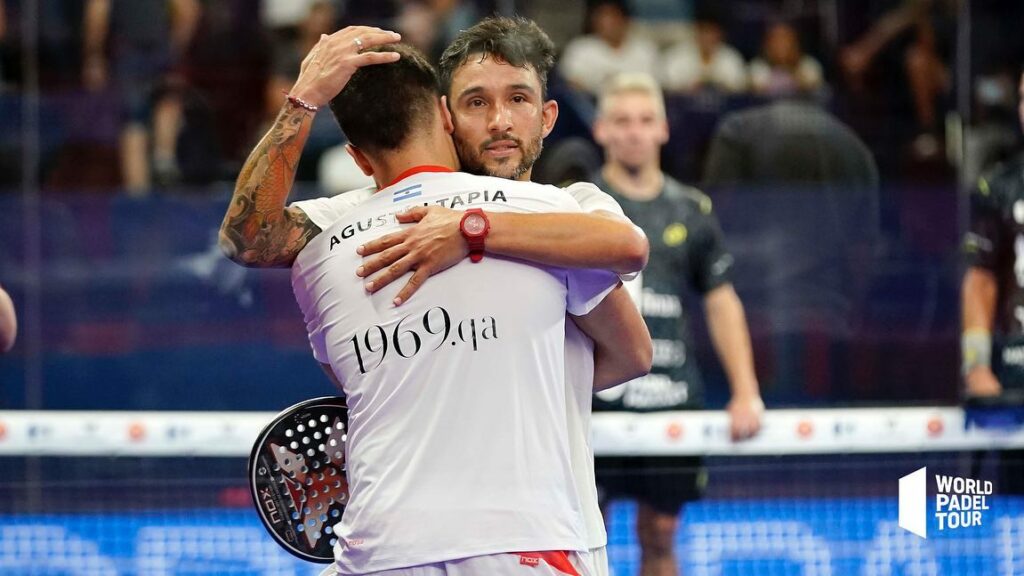
Even much younger players sounded the alarm in 2022. Last July, Martin Di Nenno told us about his mental fatigue : “It becomes difficult, especially when you lose a lot of quarter-finals. Sometimes on Mondays, I don't necessarily want to see Paco, and neither does he, but we still have to train. There are pairs that support the high pace of tournaments better, and we less well. We are very sensitive and transparent, and there are days when we don't want to be together."
A weariness that the 25-year-old Argentinian confirmed to our colleagues from Olé when parting ways with Paquito Navarro in October: "I felt that Paco didn't have the same energy as at times and I hope that changing partners will give him that boost of motivation."
We could still cite Alvaro Cepero, who recently told how he had to relentlessly chain a tournament in Mexico then another in Egypt, with eight hours by plane and six hours by car between the two.
Tennis and mental exhaustion
But the players of padel do not have exclusivity when it comes to physical exhaustion and mental overheating. Our national Benoît Paire is the living illustration of the fed up that awaits tennis players. His freakouts may amuse social networks, but above all they are a rather worrying sign of a prowling depression and his own way of warding it off.
Australia's Nick Kyrgios is another example of an incredibly talented player, whose raw nerves and friable mind are career-hampers, earning him regular fines and even a sentence to follow psychological care.
Among the ladies, the Japanese Naomi Osaka broke the mental health taboo in 2021. The former world No. 1, who won four titles in the Grand Chelem, tumbled to 42nd place in 2022, before becoming pregnant and giving up tennis in 2023. Another mentally exhausted No.1, Australian Ashleigh Barty, ended her career prematurely last March, only 25 years old.
“Sport, a cognitive challenge”
It is precisely in Australia that research is at the forefront on the question of mental fatigue, reports a Canberra Weekly article. THE Dr. Suzy Russell, a researcher at the Australian Catholic University in Brisbane (ACU), studies mental fatigue and mental recovery in high performance sport. To his eyes, “Sport is by nature a cognitive challenge. Media engagements, work commitments, repetitive tasks, over-analysis, contract negotiations, the impact of travel and unfamiliar environments have been identified as causes of mental fatigue.
One of the consequences highlighted for tennis players, but also those of padel or table tennis is a decrease in ball speed and increased reaction times, related to changes in brain activity.
To address this, Dr. Russell's work aims to develop various training methods to develop increased tolerance and resistance to mental fatigue. After the coach, the physical and mental trainers, the numbers 1 of tomorrow will have to resort to neuroscience?
After 40 years of tennis, Jérôme falls into the pot of padel in 2018. Since then, he thinks about it every morning while shaving… but never shaves pala in hand! Journalist in Alsace, he has no other ambition than to share his passion with you, whether you speak French, Italian, Spanish or English.




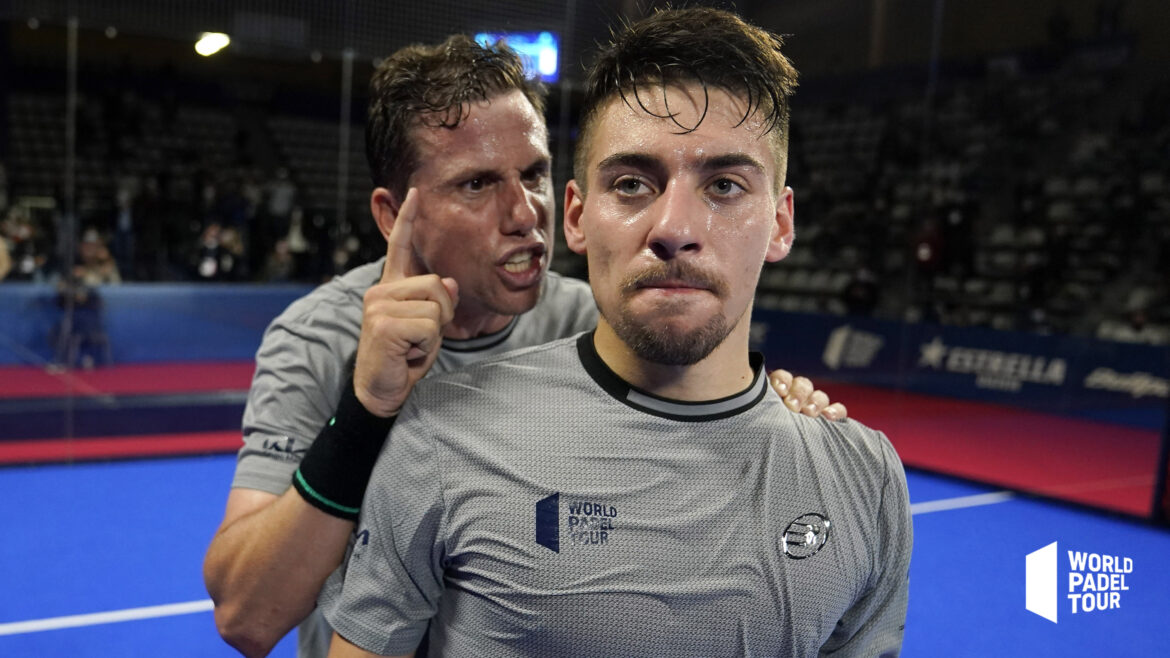












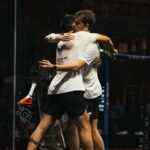




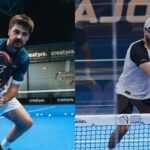














































































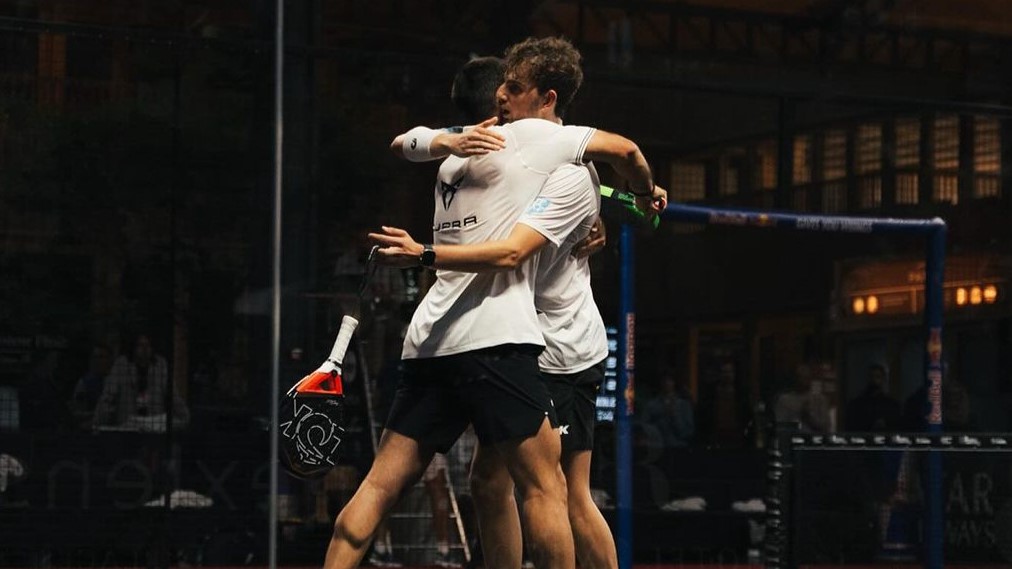 Premier Padel Brussels P2 – Mike Yanguas and Javi Garrido once again take the advantage over Stupa / Di Nenno
Premier Padel Brussels P2 – Mike Yanguas and Javi Garrido once again take the advantage over Stupa / Di Nenno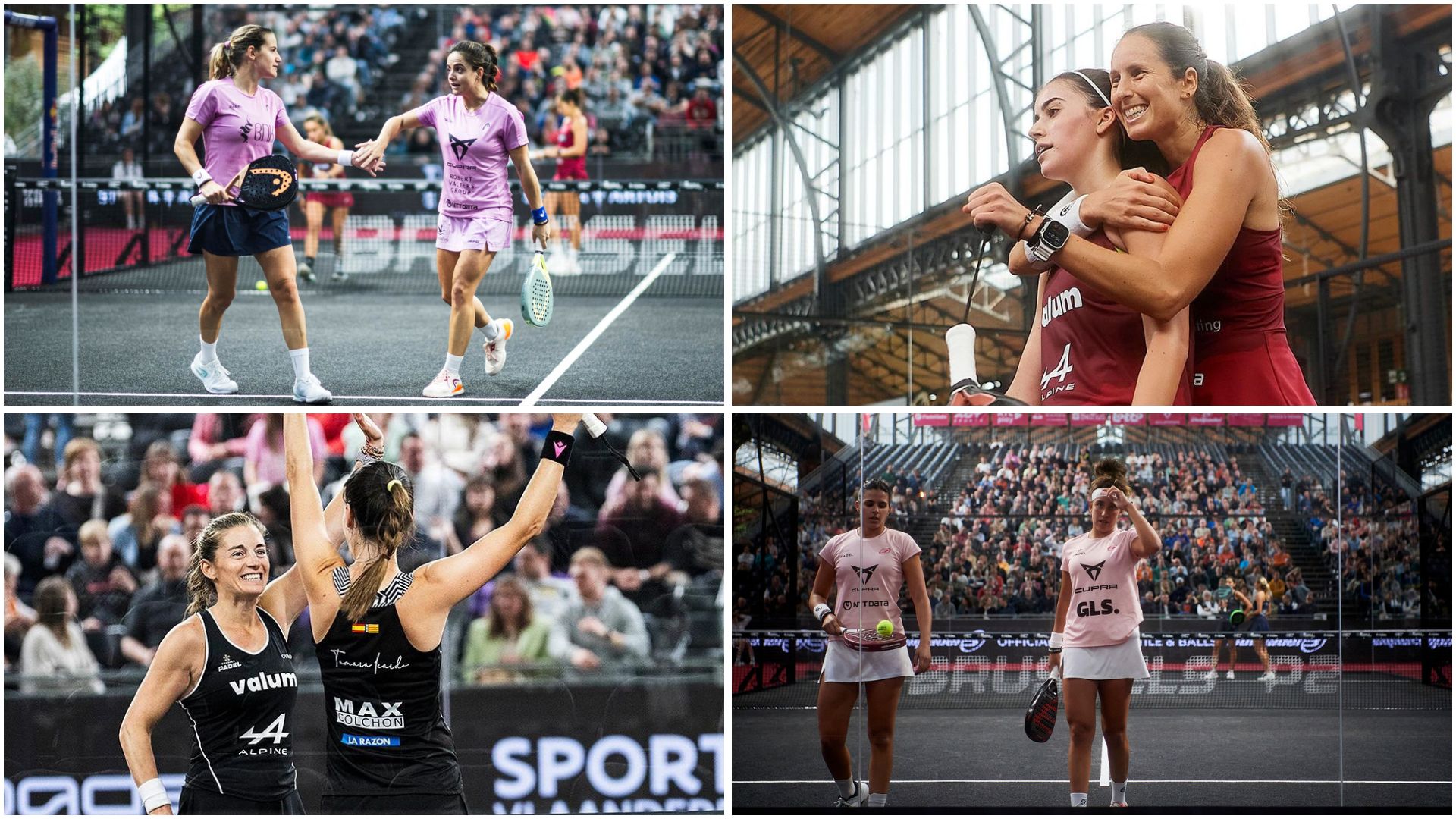 Premier Padel Brussels P2 – The women’s Big 4 at the semi-finals!
Premier Padel Brussels P2 – The women’s Big 4 at the semi-finals!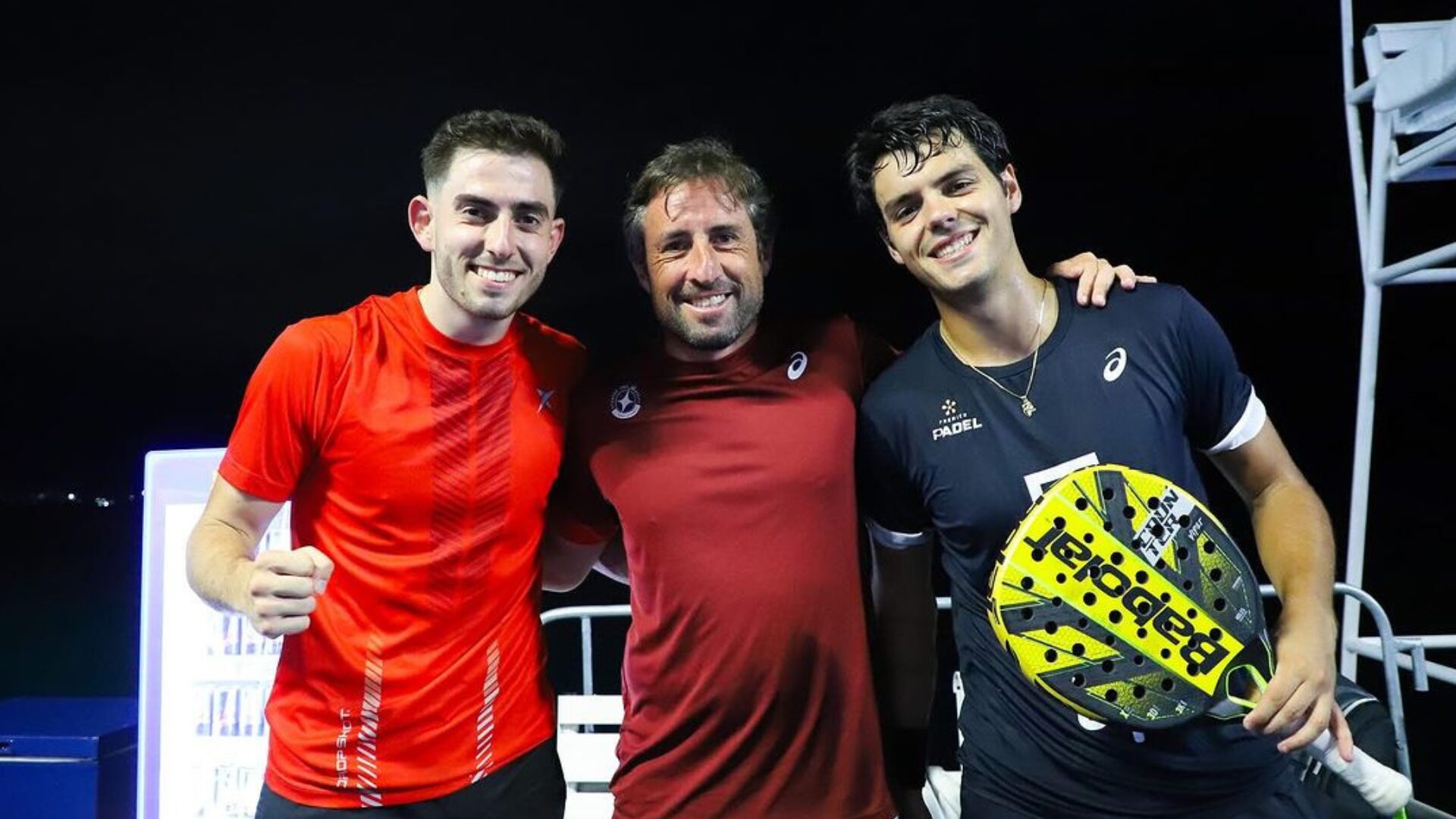 Premier Padel Brussels P2 – Sanz and Nieto win a big fight against Lebron / Navarro!
Premier Padel Brussels P2 – Sanz and Nieto win a big fight against Lebron / Navarro! Guillaume Codron de Sud Padel : “A family project”
Guillaume Codron de Sud Padel : “A family project” Nallé Grinda: “Democratize the padel in the USA with PadelX "
Nallé Grinda: “Democratize the padel in the USA with PadelX " Simon Boissé: “We know that there are two nations in front of us”
Simon Boissé: “We know that there are two nations in front of us” Marie Maligo: “This period of frequent changes of partners was beneficial for me”
Marie Maligo: “This period of frequent changes of partners was beneficial for me” Gilles Moretton: “We will be able to put the padel at the level of tennis”
Gilles Moretton: “We will be able to put the padel at the level of tennis”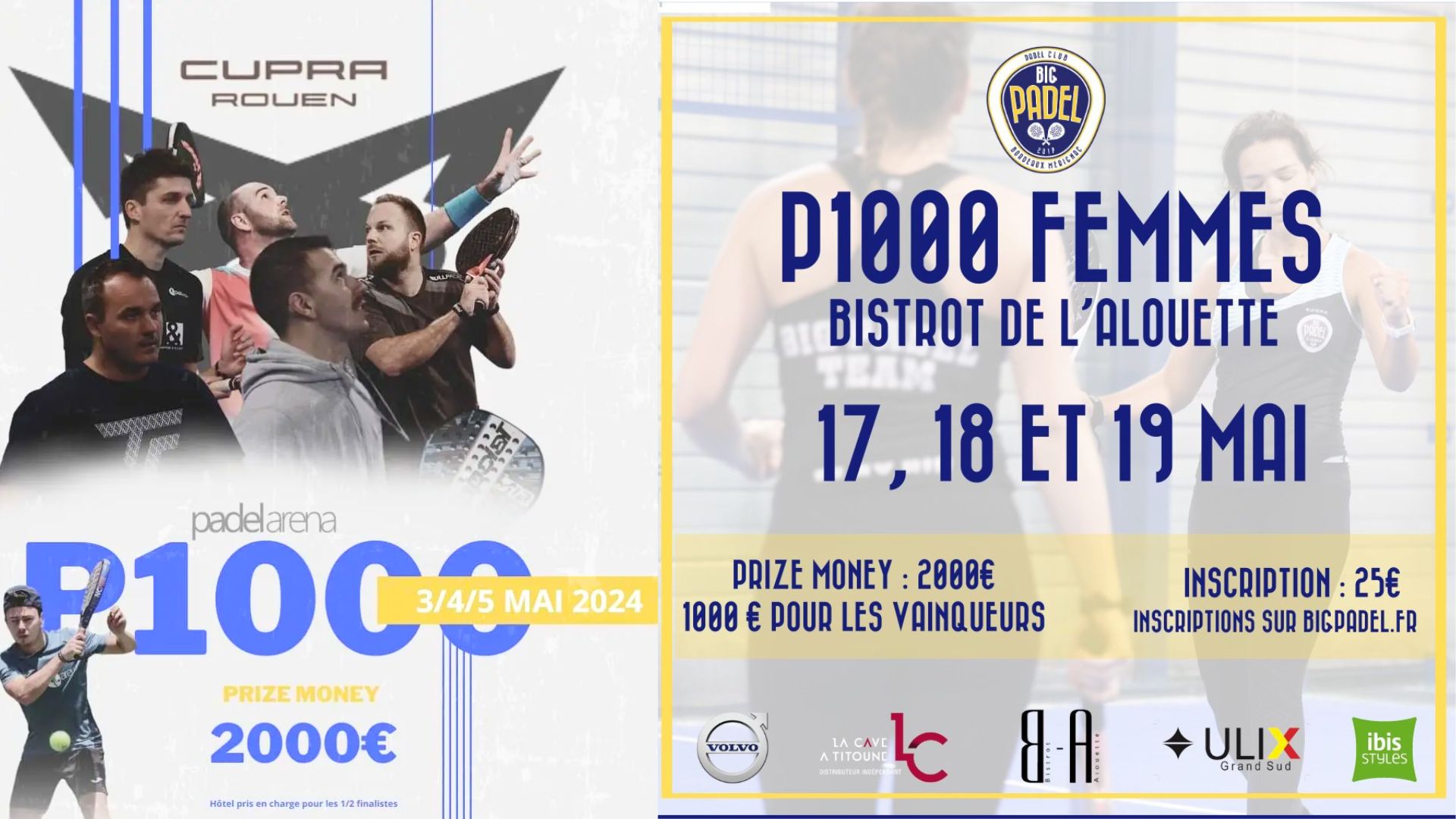 Two P1000 doubled prize money approaching!
Two P1000 doubled prize money approaching! José Manuel Escin at the inauguration of Casa Padel DOS: “Finally, and thank you!”
José Manuel Escin at the inauguration of Casa Padel DOS: “Finally, and thank you!”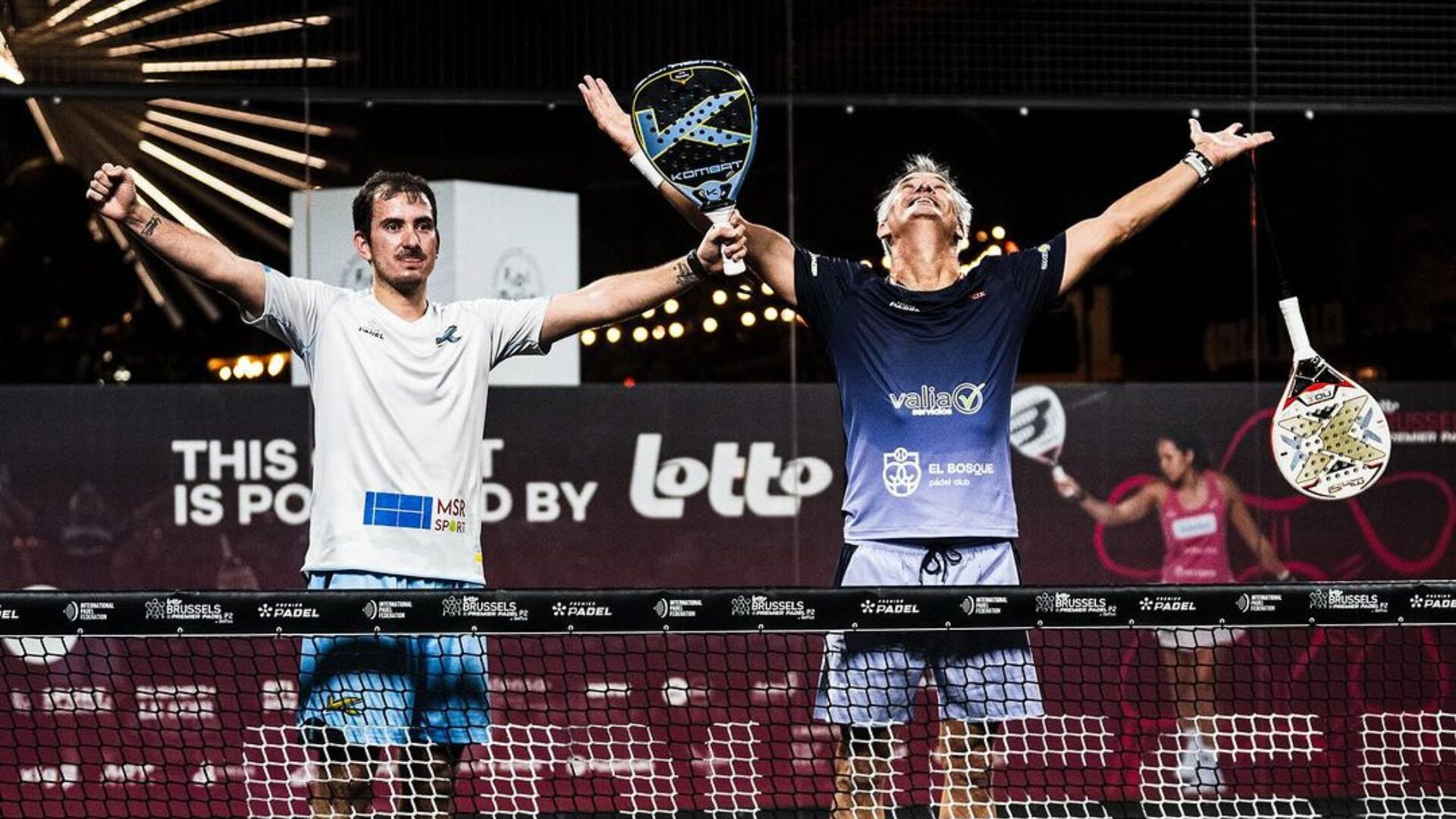 Miguel Lamperti: three tie-breaks and a return to the quarter-finals!
Miguel Lamperti: three tie-breaks and a return to the quarter-finals!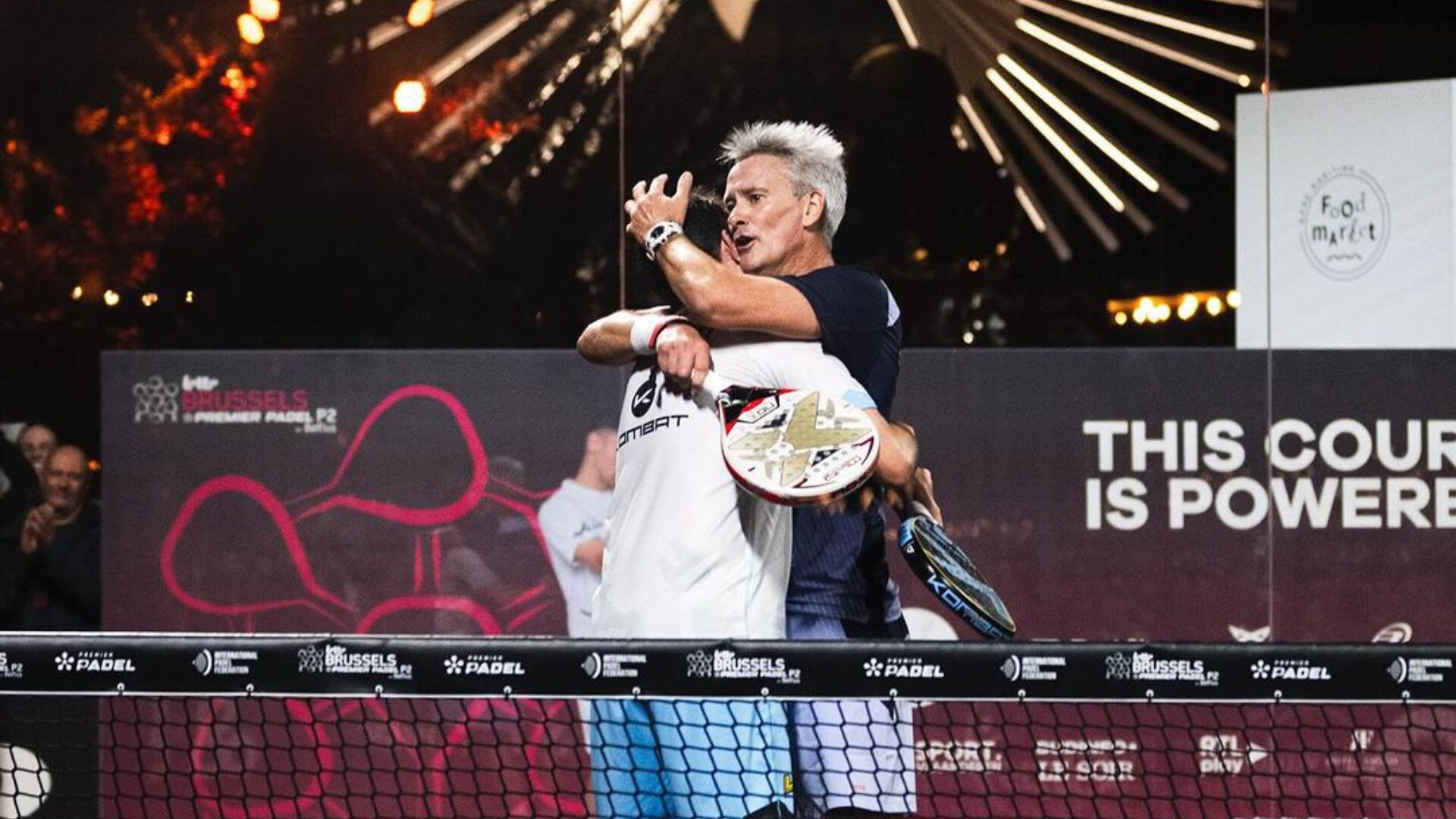 Big evening in Brussels with two seeded players on the mat, heckled number 1s…
Big evening in Brussels with two seeded players on the mat, heckled number 1s…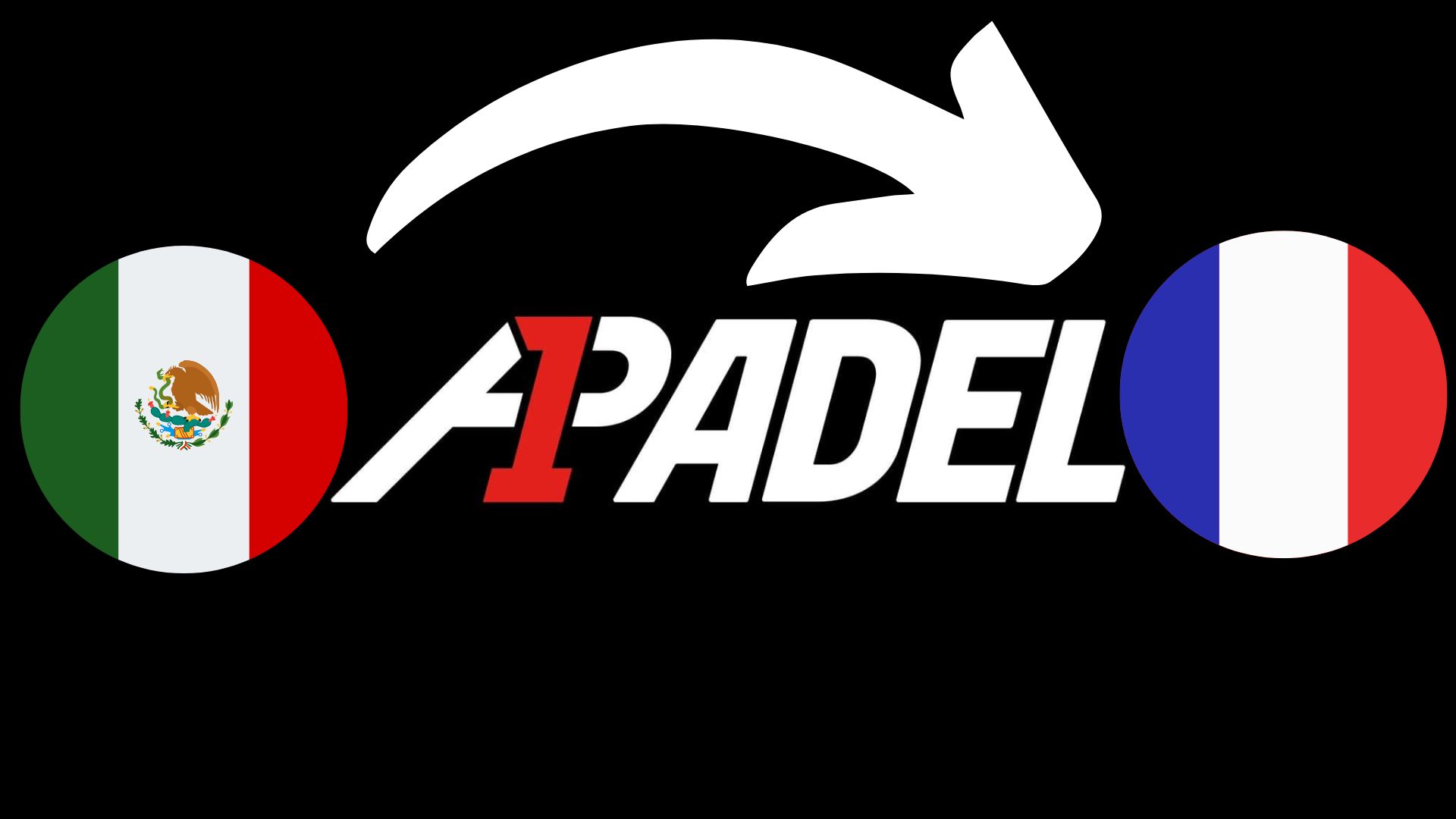 A1 Padel – the French Open replaces the Mexican Open on the calendar
A1 Padel – the French Open replaces the Mexican Open on the calendar Padel Score comes to Tahiti for American Express Padel Cup!
Padel Score comes to Tahiti for American Express Padel Cup! Do you know the Rafa Nadal Academy Tour?
Do you know the Rafa Nadal Academy Tour? Play at padel on his yacht? Possible for €233.000!
Play at padel on his yacht? Possible for €233.000! Our Top 10 training courses padel in France and Europe
Our Top 10 training courses padel in France and Europe At the heart of padel – Episode 25: Paul and Andoni answer your questions
At the heart of padel – Episode 25: Paul and Andoni answer your questions Tactical padel – What to do when faced with players who systematically stay at the bottom?
Tactical padel – What to do when faced with players who systematically stay at the bottom? The basic tactics of padel
The basic tactics of padel At the heart of padel – Episode 25: Paul and Andoni answer your questions
At the heart of padel – Episode 25: Paul and Andoni answer your questions At the heart of padel – Episode 23: defend the window well
At the heart of padel – Episode 23: defend the window well Prohibition on playing topless Padel : the reasons
Prohibition on playing topless Padel : the reasons FIP Tour – Going far from Europe, THE strategy to earn points!
FIP Tour – Going far from Europe, THE strategy to earn points! What is a good football player? padel ?
What is a good football player? padel ? “Lefties give me headaches when I play against them!”
“Lefties give me headaches when I play against them!” At the heart of padel – Episode 14: how to earn points in winter?
At the heart of padel – Episode 14: how to earn points in winter? A par 4 is always a winner...even if you manage to defend it!
A par 4 is always a winner...even if you manage to defend it! Carbon fiber VS fiberglass: what to choose?
Carbon fiber VS fiberglass: what to choose? How to effectively test a racket padel ?
How to effectively test a racket padel ? La padel to fight Parkinson's disease
La padel to fight Parkinson's disease Don't play with a cracked or broken racket, your body will thank you!
Don't play with a cracked or broken racket, your body will thank you! Michel Cymes: “The padel, physically, it’s serious!”
Michel Cymes: “The padel, physically, it’s serious!” Jeremy Gala: “Promote the padel among young people in Belgium remains a challenge”
Jeremy Gala: “Promote the padel among young people in Belgium remains a challenge” The French Touch Academy organizes its selection day Padel-Study
The French Touch Academy organizes its selection day Padel-Study Report on the detection and training of younger generations
Report on the detection and training of younger generations